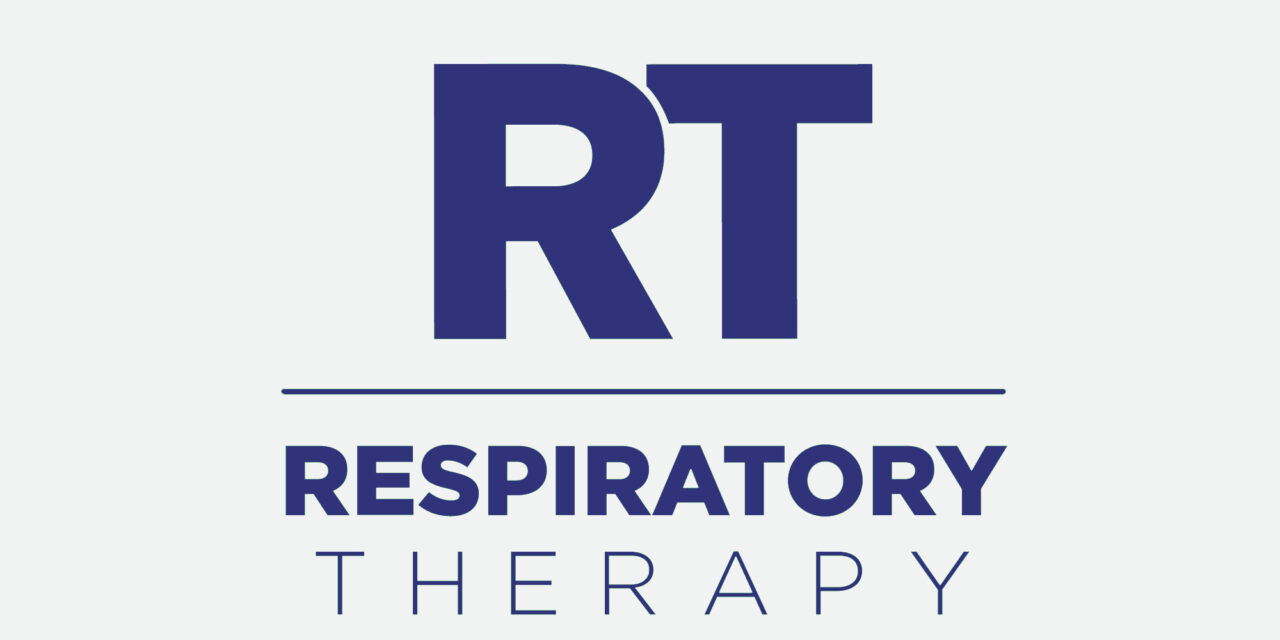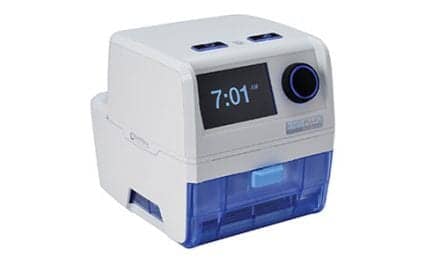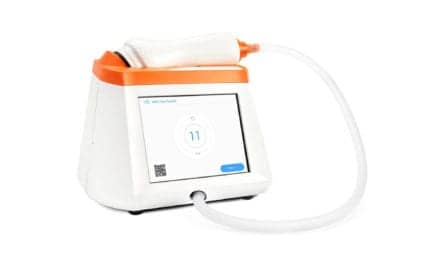RT spoke with John Brezack, president, Dale Medical Products Inc, Plainville, Mass, about the company’s contribution to respiratory therapy in 2005 and what they have in store for the year ahead.
RT: Throughout 2005, what has been Dale’s greatest contribution to respiratory therapy?
Brezack: In the last year, we made a lot of education [tools] for clinicians—[they were] not just about our products. We sponsor a publication called Perspectives, and, in 2005, we created a special addition just for respiratory caregivers. These articles are read by clinicians who then take a test and can earn their continuing education units. Not only can they earn their continuing education units, but we also sponsor the test fee—it really costs nothing to the clinician.
RT: How does Dale use feedback from clinicians in developing products?
Brezack: We have a network of about 20 clinicians who we rely on constantly to test our prototype products and give us feedback about what needs to be improved. We also have focus groups. All of our product ideas come from outside clinicians who approach us and basically say, “Dale, you are in the holding business. You basically hold tubes onto patients’ bodies. Here is what we need. We need to improve a trach holder, or we need something for oxygen masks, or something to hold transducers in place.” We are tuned into the clinical marketplace, and we are blessed in that not just our own clinical consultants work with us, but unknown clinicians to us come unsolicited with ideas all the time. I guess it is because we have built up a reputation in the industry not just for innovation but also quality.
RT: What makes Dale’s products top quality?
Brezack: We try to be one of the market leaders for securement devices for breathing tubes—primarily tracheostomy tubes and endotracheal (ET) tubes. For more than 20 years now, we’ve had holders that satisfy the needs of both nursing and respiratory therapy because those clinicians both care for patients on respirators and ventilators. We were made aware more than 22 years ago of the need to replace twill ties and adhesive tape. Those had been the state-of-the-art for holding trach tubes and ET tubes in place, but they have myriad problems. They cause skin breakdown, and they are time consuming to attach and replace. So we made products that are much more comfortable for the patient. They are very easy and fast for the therapist to apply, and they hold securely for long periods,. We are trying to provide clinical peace of mind to the caregiver as well as the patient.
RT: What can RTs expect from Dale in 2006?
Brezack: We have a brand new endotracheal tube holder—the Dale Stabilock Endotracheal Tube Holder— that we are launching at the AARC meeting. This has been in the works for a long time. [For] this product, we have conducted more than 1-1/2 years of clinical trials and testing with our network and with other hospitals. Indeed, we already have customers that are buying and ordering it on a regular basis.










